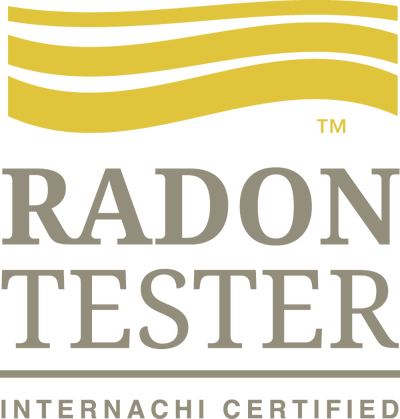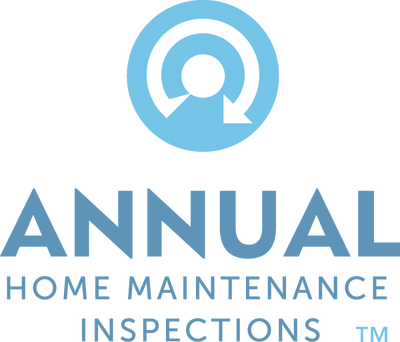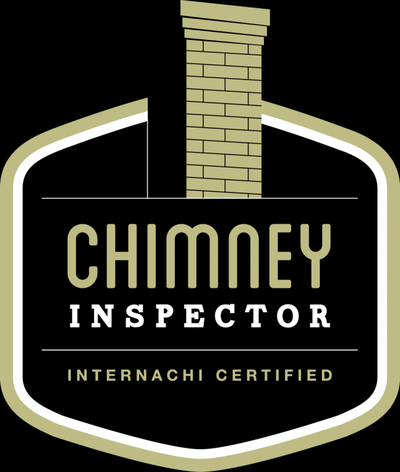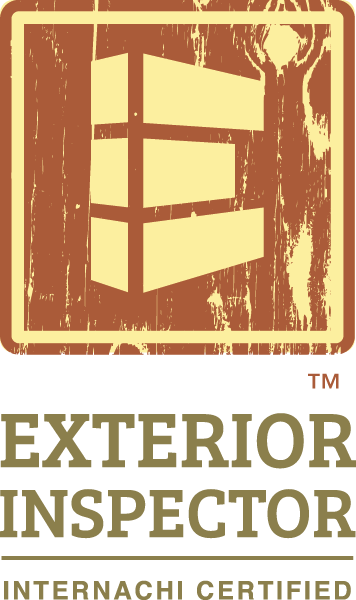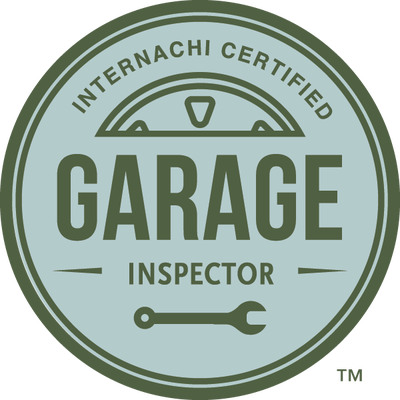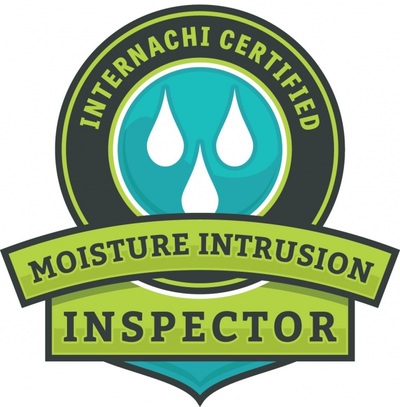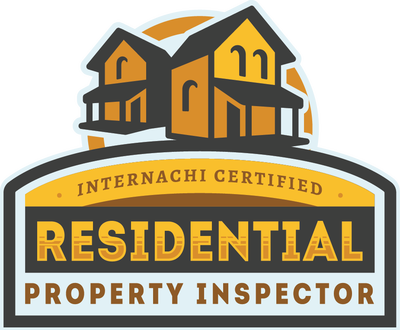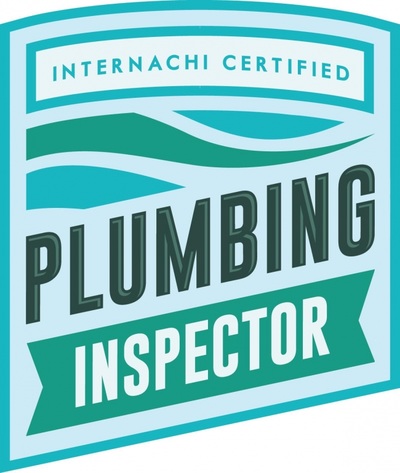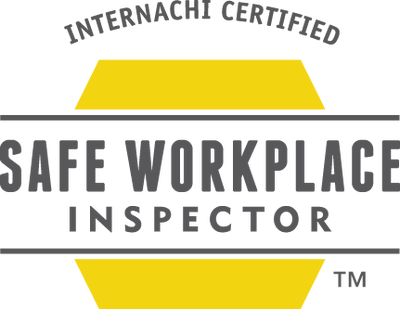|
by Nick Gromicko A baghouse, or fabric collector, is the generic name for an air pollution-control device designed to filter dust and other fine particles from contaminated air in commercial and industrial facilities. Baghouses provide clean air for employees and customers, protect the environment of nearby equipment, and lessen the plant’s contribution to outdoor air pollution. Baghouses control the emission of air pollutants in many industries, such as steel and foundry operations, power plants, chemical production, food manufacturing, and pharmaceutical plants. They came into use in the 1970s upon the development of fabrics that could withstand the high temperatures of dusty industrial gases. Collecting this dust is important because it can be harmful if inhaled, and it may even fuel a deadly explosion. (Read InterNACHI’s article on dust inspection to find out more about the potential hazards of dust.) Other commercial and industrial air-filtration devices include electrostatic precipitators, unit collectors, wet scrubbers and inertial separators. Baghouses operate by the following process:
Craftsman Home Inspections llc is a home inspection company proudly serving the Aurora CO and Denver CO Metro Areas. If you are looking for a Home Inspector in Aurora or Denver, please give us a call at 720-593-0383 or check us out online at CraftsmanColorado.com or simply schedule your home inspection below.
SCHEDULE INSPECTION
0 Comments
Leave a Reply. |
AuthorCraftsman Home Inspections. We are your Aurora and Denver Colorado Home Inspectors. Here you will find useful information about the Home Inspection industry as well as home maintenance tips. Archives
April 2020
Categories |
Our
|
Craftsman Home Inspections llcAt Craftsman Home Inspections we are professionals who promise to give you our best Home inspection every time.
|
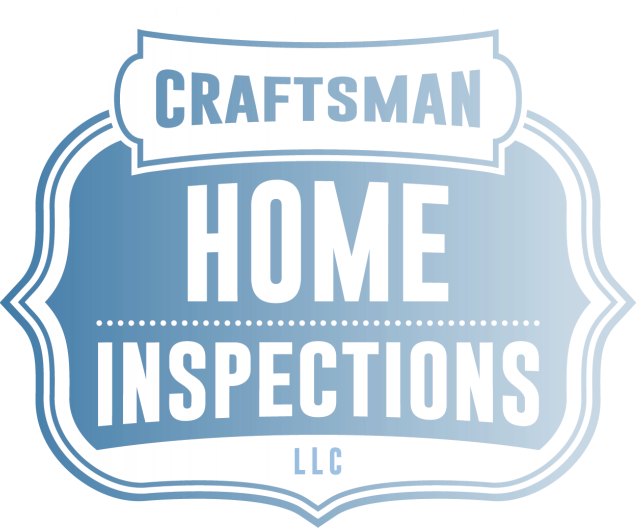
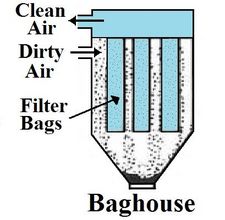
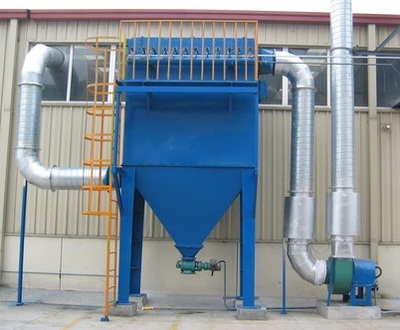
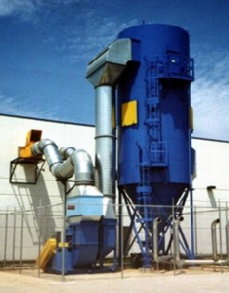
 RSS Feed
RSS Feed
